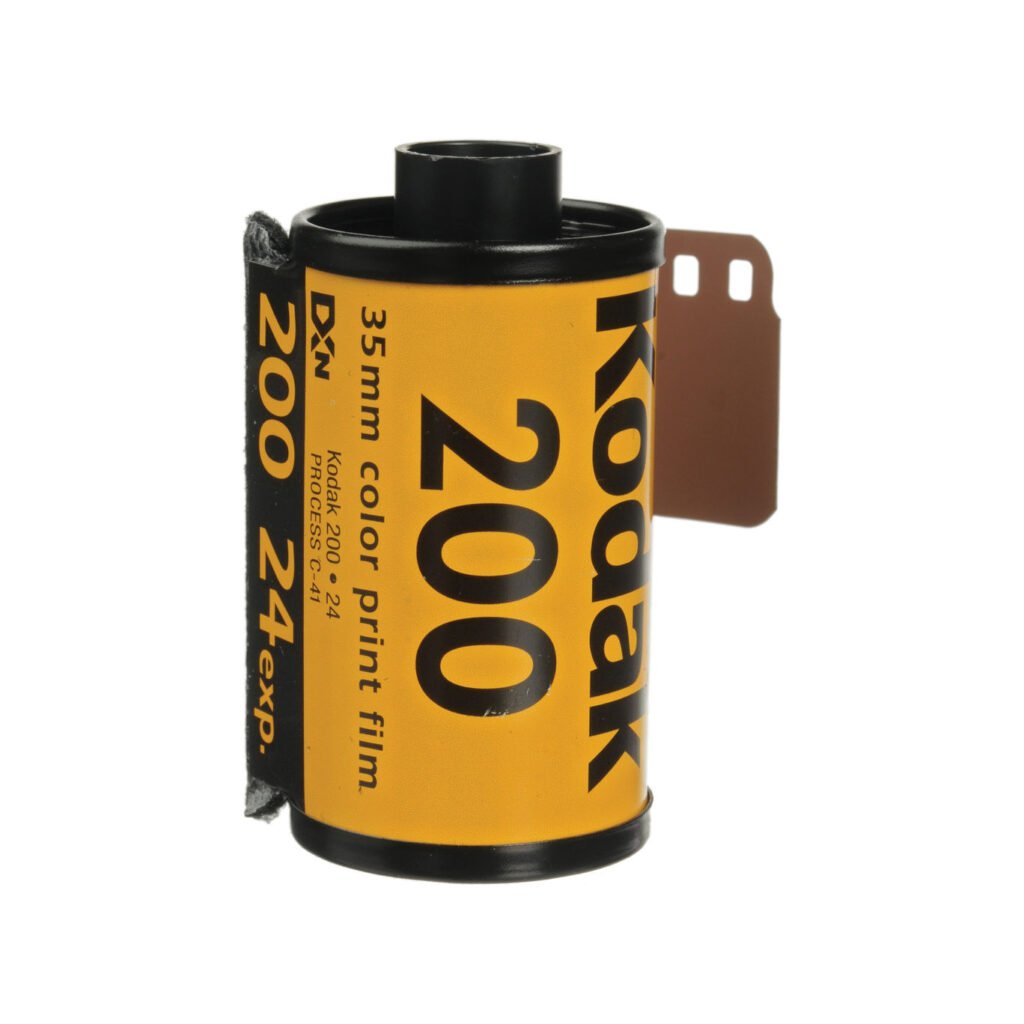
Article is inspired by DarkRoom.com
List of film in review
135 Film (35mm Film Roll)

The 135 film, more commonly known as 35mm film, is a game-changer in the world of photography. This format revolutionized the industry, making photography more accessible to both amateurs and professionals. Introduced in 1889, this film format quickly gained popularity due to its ease of use and the quality of images it produced.
126 Film

Next up is the 126 film format, which Kodak first brought to market in the early 1960s. This format was designed to make photography easier, especially for beginners. The 126 film is contained in a plastic cartridge, which makes it easy to load and unload without having to thread or align the film.
127 Film

Launched in 1912, the 127 film format was a go-to for novice photographers in the mid-1900s. Its small size and capacity to create top-notch pictures made it a hit with those who used basic box cameras and the first folding cameras.
110 Film

Next, we have the 110 film, a format that was introduced in the early 1970s. It was designed with a small size and easy-to-use nature in mind, to meet the increasing need for portable and easy-to-handle cameras. The 110 film format quickly became a favorite among everyday photographers who preferred convenience over the quality of the image.
116 and 616 Film

Kodak unveiled the 116 and 616 film formats in the early 1900s. Box and folding cameras were the primary users of these formats, which provided a larger negative size for more detailed images. For more information on these and other film formats, visit The Dark Room.
120 Film

120 film is a medium format film that is loved by professional photographers for years. It is known for its larger negatives and superior image quality, 120 film remains a popular choice for those who want to produce beautiful, high-resolution photos.
220 Film

220 film is similar to 120 film in that it is a medium format film that provides the same image quality and versatility. The main difference is that 220 film is twice as long as 120 film, which means photographers can take more pictures per roll without having to change the roll as often.
620 Film

Lastly, let’s talk about 620 film, a format that was first brought to the market by Kodak in 1932. This film is basically the same as 120 film in terms of width and image quality, but it uses a smaller spool to fit into more compact cameras.
828 Film

828 film was launched by Kodak in 1935 as a new and improved format that was easier for photographers to use. It’s basically a roll film that’s like 35mm, but without the sprocket holes. This means you can get a bigger image area on the same width of film.
APS Film

The APS (Advanced Photo System) film was launched in the 1990s to bring a fresh perspective to the conventional film formats. The goal of this novel format was to make the process of photography more efficient by incorporating features such as automatic film loading, mid-roll change, and enhanced image quality.




Leave a Reply